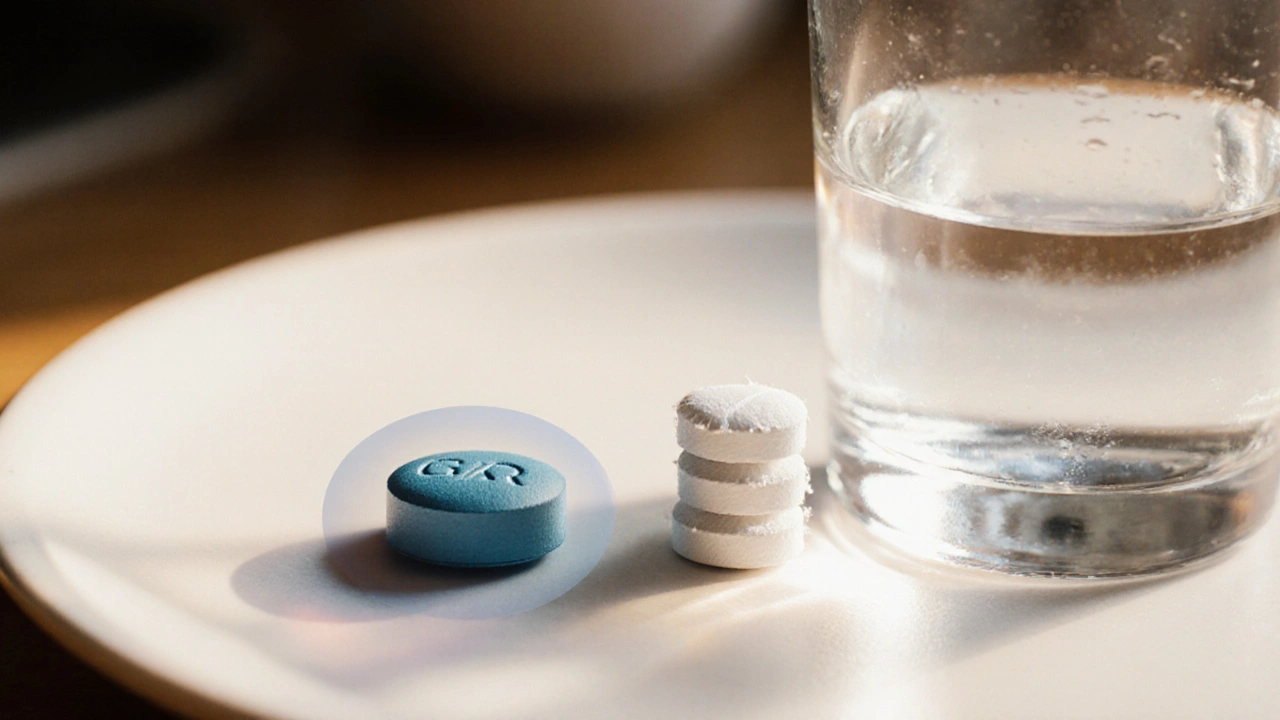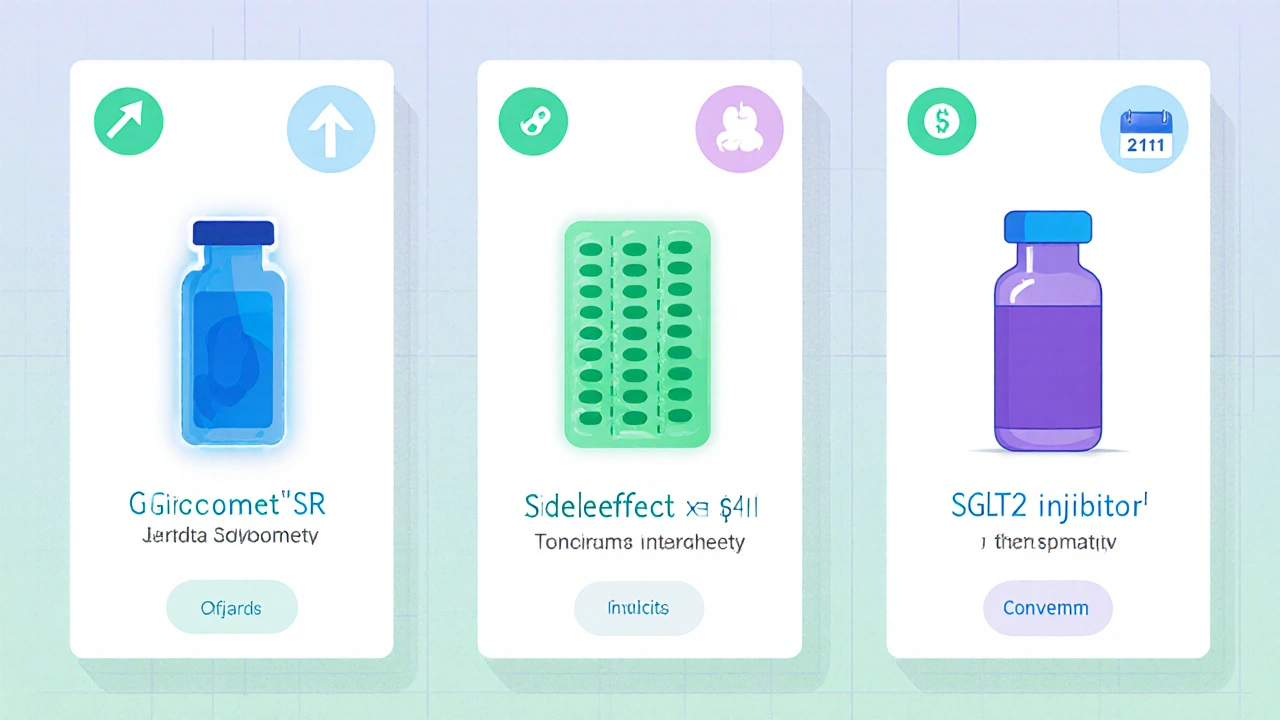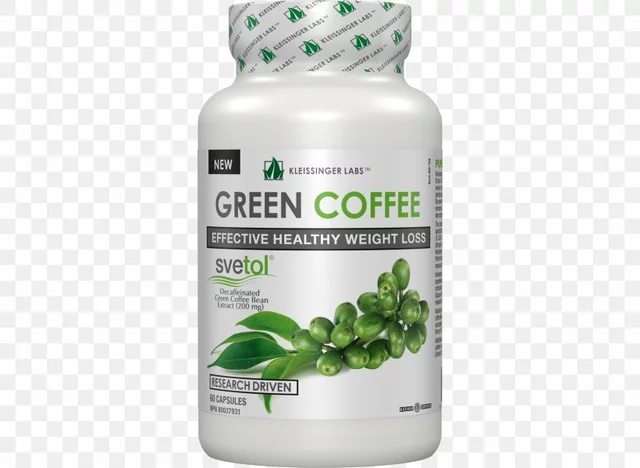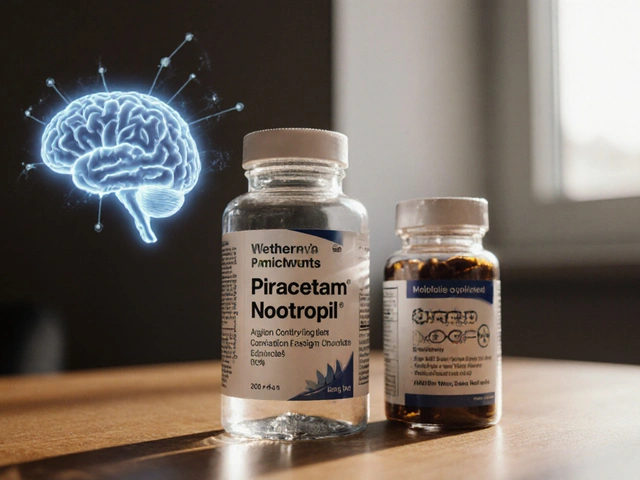Glycomet SR vs Metformin Alternatives Comparison Tool
This tool helps compare Glycomet SR with other metformin and diabetes medications based on key factors. Select your priority factors to see which option might suit you best.
Recommended Option
Detailed Comparison
Glycomet SR
Efficacy: 1.0-1.5%
Side Effects: Low GI upset
Cost: £30-35/month
Convenience: Once daily
Notes: Extended-release, reduced GI side effects
Generic Metformin IR
Efficacy: 1.0-1.5%
Side Effects: High GI upset
Cost: £5/month
Convenience: 2-3 times daily
Notes: Most affordable, requires multiple doses
SGLT2 Inhibitors
Efficacy: 0.5-1.0%
Side Effects: UTI risk
Cost: £40-50/month
Convenience: Once daily
Notes: Weight loss benefit, urinary issues possible
GLP-1 Agonists
Efficacy: 1.0-1.5%
Side Effects: Nausea, injection required
Cost: £100+/month
Convenience: Once weekly
Notes: Significant weight loss, high cost
Key Takeaways
- Glycomet SR is an extended‑release form of metformin that offers once‑daily dosing with similar efficacy to immediate‑release options.
- When comparing efficacy, safety, and cost, generic metformin IR remains the most affordable, while newer classes (SGLT2, GLP‑1) provide added weight‑loss benefits.
- Kidney function, gastrointestinal tolerance, and personal lifestyle are the main factors deciding between Glycomet SR and alternatives.
- UK NHS prescribing data shows Glycomet SR is priced higher than generic metformin, but lower than most brand‑name GLP‑1 agonists.
- Switching between formulations should be done under medical supervision to avoid hypoglycaemia or lactic acidosis.
Managing type2 diabetes often feels like choosing a tool from a crowded toolbox. Glycomet SR pops up as a convenient, once‑daily metformin option, but how does it really stack up against the classic immediate‑release tablets or the newer drug classes that promise extra benefits? This guide walks through the essential facts, so you can match the right medication to your health goals, kidney profile, and budget.
What Is Glycomet SR?
Glycomet SR is an extended‑release formulation of metformin, designed to release the active ingredient slowly over 24hours, allowing a single daily dose. It contains the same active ingredient as generic metformin (biguanide), but the tablet matrix slows absorption, reducing the peak‑related gastrointestinal side effects that many patients report with immediate‑release (IR) tablets.
Typical dosing starts at 500mg to 850mg once daily, taken with the evening meal. The maximum daily dose is usually 2000mg, split into two SR tablets if needed. Glycomet SR is approved for use in adults with type2 diabetes when diet and exercise alone are insufficient.
How Does Glycomet SR Compare to Immediate‑Release Metformin?
Metformin has been the first‑line therapy for decades, thanks to its proven ability to lower HbA1c by 1‑2% and its low cost. The main differences between SR and IR lie in dosing frequency, side‑effect profile, and price.
- Dosing Frequency: IR is taken 2-3 times per day with meals; SR is once daily.
- Gastro‑Intestinal Tolerance: SR reduces the incidence of nausea, abdominal cramping, and diarrhoea by about 30% in head‑to‑head trials.
- Cost: In the UK, a 30‑day supply of generic metformin IR costs under £5, while Glycomet SR is priced around £30‑£35.
- Efficacy: Both deliver similar reductions in fasting glucose and HbA1c when total daily metformin exposure is equivalent.
For patients who struggle with GI side effects or who have trouble remembering multiple daily doses, SR can be a game‑changer, albeit at a higher price point.
Alternative Metformin Brands and Formulations
Besides Glycomet SR, other metformin products offer extended‑release technology:
- Glucophage XR - a widely available XR version marketed by Bristol‑Myers Squibb, similar dosing to Glycomet SR.
- Metformin ER - generic extended‑release tablets produced by several UK pharma firms, usually cheaper than brand‑named XR options.
All these XR/ER products share the same mechanism (AMPK activation) and overall efficacy. The decision often boils down to price, insurance coverage, and personal tolerance.
Non‑Metformin Alternatives: New‑Generation Diabetes Drugs
When metformin alone doesn’t achieve target HbA1c, clinicians may add or switch to drugs from other classes. Below are the most common alternatives for UK patients in 2025.
- Empagliflozin - an SGLT2 inhibitor that promotes glucose excretion via urine, offering a 0.5‑1% HbA1c drop and modest weight loss.
- Sitagliptin - a DPP‑4 inhibitor that enhances incretin hormones, typically reducing HbA1c by 0.5‑0.8% with low hypoglycaemia risk.
- Liraglutide - a GLP‑1 receptor agonist administered subcutaneously, delivering 1‑1.5% HbA1c reduction plus significant weight loss, but at higher cost and injection requirement.
- Pioglitazone - a thiazolidinedione that improves insulin sensitivity, useful in patients with high insulin resistance but carries a risk of fluid retention.
Each class has a distinct safety profile, dosing convenience, and price tier. The choice often reflects co‑existing conditions such as heart failure (favoring SGLT2 inhibitors) or the need for weight management (favoring GLP‑1 agonists).

Side‑Effect and Safety Snapshot
Below is a concise side‑effect overview for Glycomet SR and the most common alternatives.
| Medication | Common Side‑Effects | Serious Risks | Renal Considerations |
|---|---|---|---|
| Glycomet SR (Metformin XR) | Reduced GI upset vs IR; mild nausea | Lactic acidosis (rare, with renal impairment) | Contraindicated if eGFR <30mL/min/1.73m² |
| Metformin IR | Nausea, diarrhoea, metallic taste | Lactic acidosis (rare) | Same eGFR threshold |
| Empagliflozin (SGLT2) | Genital mycotic infections, polyuria | Diabetic keto‑acidosis, urinary tract infection | Dose reduction if eGFR 30‑45; avoid if <30 |
| Sitagliptin (DPP‑4) | Headache, nasopharyngitis | Pancreatitis (rare) | No dose change unless eGFR <30 |
| Liraglutide (GLP‑1) | Nausea, vomiting, constipation | Acute pancreatitis, gallbladder disease | Caution if eGFR <30; monitor |
Cost Landscape in the United Kingdom (2025)
Cost is a decisive factor for many patients, especially when the NHS imposes prescription charges based on income.
- Glycomet SR: Approx. £30‑£35 for a 30‑day supply (brand‑named). Not usually covered under the standard NHS prescription unless clinically justified.
- Metformin IR (generic): Around £3‑£5 per month, widely reimbursed.
- Glucophage XR: Similar to Glycomet SR, £28‑£32 per month.
- Empagliflozin: £50‑£65 per month; often prescribed when there is a cardiovascular benefit.
- Sitagliptin: £40‑£55 per month.
- Liraglutide: £150‑£180 per month; usually reserved for patients needing significant weight loss or when oral agents fail.
When budgeting, many clinicians start with generic metformin IR, then layer an inexpensive oral agent (e.g., sitagliptin) before moving to pricier injections.
Decision Guide: Who Should Choose Glycomet SR?
Use the following flow‑chart‑style checklist to decide if Glycomet SR fits your situation.
- Do you already tolerate metformin IR well? Yes → Stay on IR; it’s cheaper.
- Do you experience persistent GI upset with IR? Yes → Consider SR for better tolerance.
- Is your eGFR ≥45mL/min/1.73m²? Yes → SR is safe; below that, avoid metformin.
- Do you need once‑daily dosing for adherence? Yes → SR offers convenience.
- Is cost a barrier? Yes → Generic IR or generic ER may be more affordable; discuss with your pharmacist.
- Do you have a compelling reason to add SGLT2, GLP‑1, or DPP‑4 agents (e.g., cardiovascular disease, obesity)? Yes → Consider adding those agents; SR can still be part of combo therapy.
In practice, many patients end up on a combination: Glycomet SR plus an SGLT2 inhibitor for added cardiovascular protection, or SR plus a DPP‑4 inhibitor if they cannot tolerate the higher dose of metformin.
Switching Between Formulations: Practical Tips
Changing from IR to SR (or vice‑versa) isn’t a 1‑to‑1 swap. Follow these steps:
- Calculate the total daily metformin dose you currently take.
- Prescribe the equivalent SR dose (usually the same milligram amount, but taken once daily).
- Start with a lower SR dose (e.g., 500mg) for the first week to monitor tolerance.
- Check renal function before the switch; repeat in 3 months.
- Educate the patient to take the SR tablet with the evening meal to minimise any residual GI effect.
Always involve a healthcare professional-self‑adjusting doses can lead to hypoglycaemia if combined with sulfonylureas.
Future Outlook: Metformin in 2026 and Beyond
Research continues on metformin’s potential beyond glucose control-possible benefits for aging, cancer prevention, and cardiovascular health are under investigation. While newer agents dominate headlines, metformin’s safety record and low cost keep it front‑and‑center in diabetes guidelines for the foreseeable future.
Frequently Asked Questions
Can I take Glycomet SR if I am on dialysis?
No. Metformin, including SR, is contraindicated in patients with end‑stage renal disease or on dialysis due to the high risk of lactic acidosis.
Is Glycomet SR more effective than standard metformin?
Effectiveness is comparable when the total daily dose is the same. The main advantage of SR is improved gastrointestinal tolerance and once‑daily dosing.
What should I do if I miss a dose of Glycomet SR?
Take the missed tablet as soon as you remember, unless it’s close to the time for your next dose. In that case, skip the missed dose and continue with your regular schedule. Do not double‑dose.
Can Glycomet SR be combined with SGLT2 inhibitors?
Yes, combining SR metformin with an SGLT2 inhibitor is common and can provide additive HbA1c reduction and cardiovascular benefit. Monitor kidney function regularly.
Are there any food restrictions with Glycomet SR?
Take the tablet with a main meal (usually dinner) to enhance absorption and reduce stomach upset. Avoid excessive alcohol, which can increase lactic acidosis risk.








When you think about metformin you realize it is more than a pill it is a quiet pact between your body and medicine
Glycomet SR offers a slow release that mirrors the slow rhythm of daily life
One could argue the convenience of once‑daily dosing reflects a desire for stability in chaotic modern schedules
The reduced gastrointestinal upset feels like a subtle mercy for those whose stomachs rebel against harsh chemicals
Cost, however, stands as a reminder that healthcare is also an economic transaction
In the grand scheme the £30‑35 a month may seem trivial compared to the lifetime burden of uncontrolled diabetes
But for a student or a retiree that amount can feel like a weight
Philosophically the choice between SR and IR echoes the age‑old debate of depth versus breadth
Do we prefer a deep, steady influence or multiple peaks of activity
Clinical trials suggest similar HbA1c reductions so efficacy does not tip the scale
Yet personal tolerance can crown one option as the clear winner
The extended release format aligns with the human preference for simplicity in routine
It also reduces the mental load of remembering multiple doses
Still, the price gap cannot be ignored in a system where not everyone has generous insurance
Ultimately the decision sits at the intersection of physiology, psychology and purse strings
Interesting take, but I’d argue cost isn’t everything 💸
If you can afford the cheaper IR you still get the same glucose control – you just have to deal with the occasional tummy drama 😅
For many, that trade‑off is worth it, especially when the NHS covers the generic version.
From a pharmacology standpoint, SR formulations improve adherence metrics.
Less dosing frequency = lower missed‑dose rate, which is crucial for maintaining therapeutic plasma levels.
Sure, adherence is great, but remember the joke – you get what you pay for. If you’re okay with a few extra trips to the bathroom, IR does the job and won’t break the bank.
Every person’s journey is unique – if the GI side effects are a big hurdle, the SR option can be a real confidence booster.
Honestly, paying £30 for a drug that’s essentially the same molecule feels exploitative – the pharma industry loves these premium extensions.